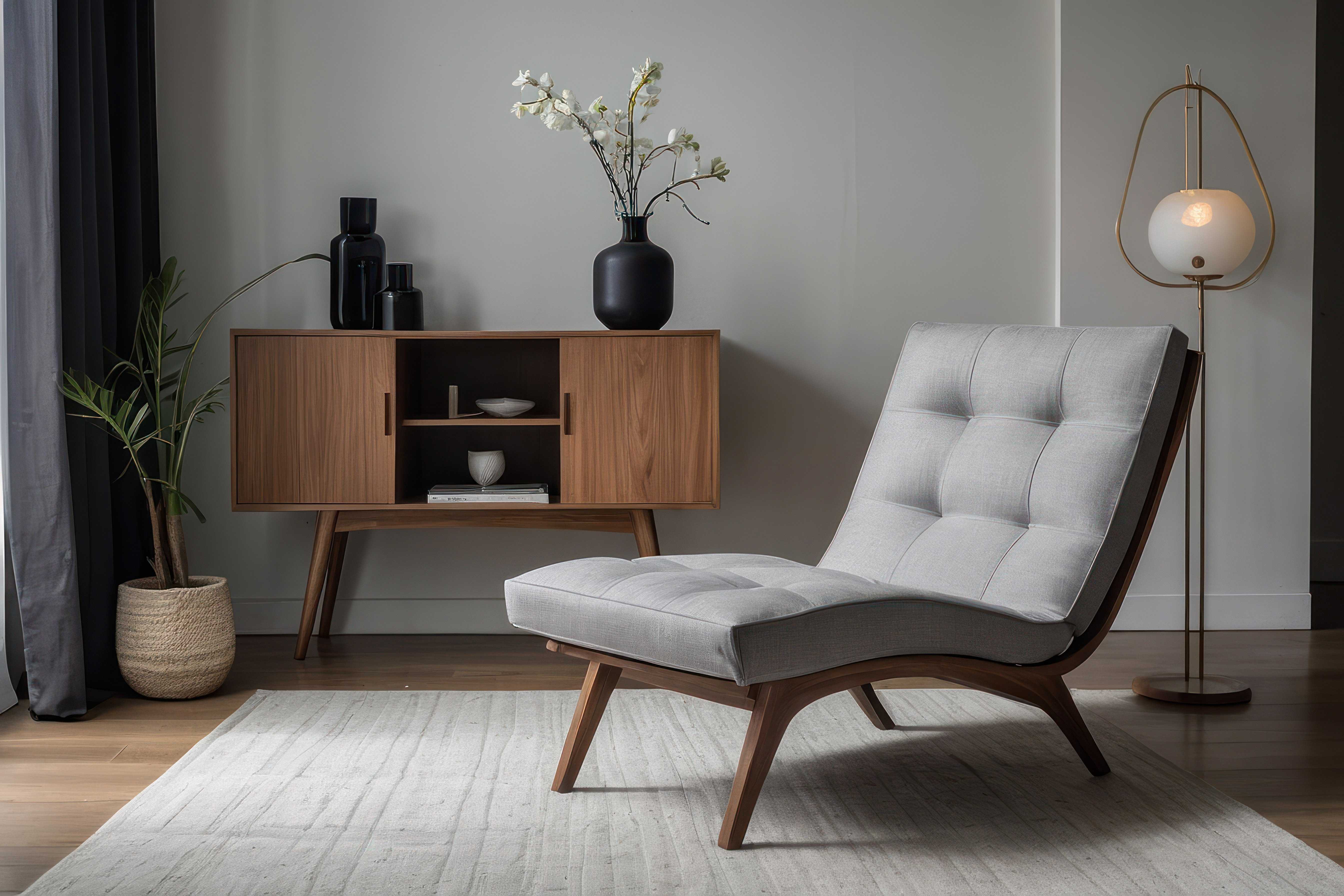

Before embarking on your interior transformation journey, it's imperative to have a clear vision of what you want to achieve. Consider the purpose of the room, the natural light it receives, and how you plan to use the space. Knowing your desired aesthetic, functionality, and mood for each room sets a solid foundation for your design project.
Color plays a pivotal role in transforming your interiors. Selecting the right color palette can dramatically alter the feel of a room. To choose a color scheme, draw inspiration from a favorite piece of art, a rug, or even a cherished accessory. Create a balanced and harmonious look by combining complementary colors and considering the psychological effects they can have on the mood of the space.
Furniture is one of the main features that shape the character of a room. When picking out furniture, it’s important to take into account the scale of the pieces in relation to the room's size. Create a floor plan to ensure each piece fits comfortably and contributes to easy flow throughout the room. Opt for quality items that reflect your style and offer functionality to meet your needs.
Textures and patterns add depth and interest to interior spaces. Mixing various textures like soft fabrics, sleek metals, or rustic woods can create a rich and inviting environment. When it comes to patterns, be mindful not to overwhelm the space; find a balance by using a mix of large and small-scale patterns and by distributing them thoughtfully throughout the room.
Lighting is a crucial component of any interior design project. A well-lit room can exude warmth and comfort, while strategically placed light fixtures can highlight architectural features or artwork. Incorporate different types of lighting, such as ambient, task, and accent, to provide versatility and enhance the room's overall aesthetic. Consider dimmers to adjust the light intensity depending on the time of day or the desired ambiance.
Accessories are the finishing touches that personalize your space and reflect your individuality. Choose decor that resonates with your style and complements the interior design. Be selective and avoid clutter; each item should serve a purpose, whether it's to inject color, texture, or to simply bring joy. Books, vases, and throw pillows can be the subtle yet powerful details that complete your flawless interior transformation.
A cluttered space can detract from the most beautiful design. Decluttering is, therefore, an essential step in transforming your interiors. Keep surfaces clean and opt for smart storage solutions to maintain a tidy environment. An organized home not only looks better but also fosters a sense of calm and order. Embrace minimalism if it suits your style, or simply ensure that everything has a designated spot.
Finally, decide whether you require the services of a professional interior designer or if you prefer to tackle the project yourself. A professional can offer expertise and resources that can save you time and money in the long run. If you opt for the DIY route, remember to plan meticulously and take your time to research and gather inspiration. Whichever path you choose, stay true to your vision and enjoy the process of transforming your space.
Once you've achieved your desired transformation, maintaining the beauty of your interiors is key. Regular cleaning, prompt stain treatment, and periodic updates to decor will keep your space looking fresh and vibrant. A well-maintained interior not only prolongs the life of your design elements but also ensures that your home remains a welcoming and comfortable haven for years to come.